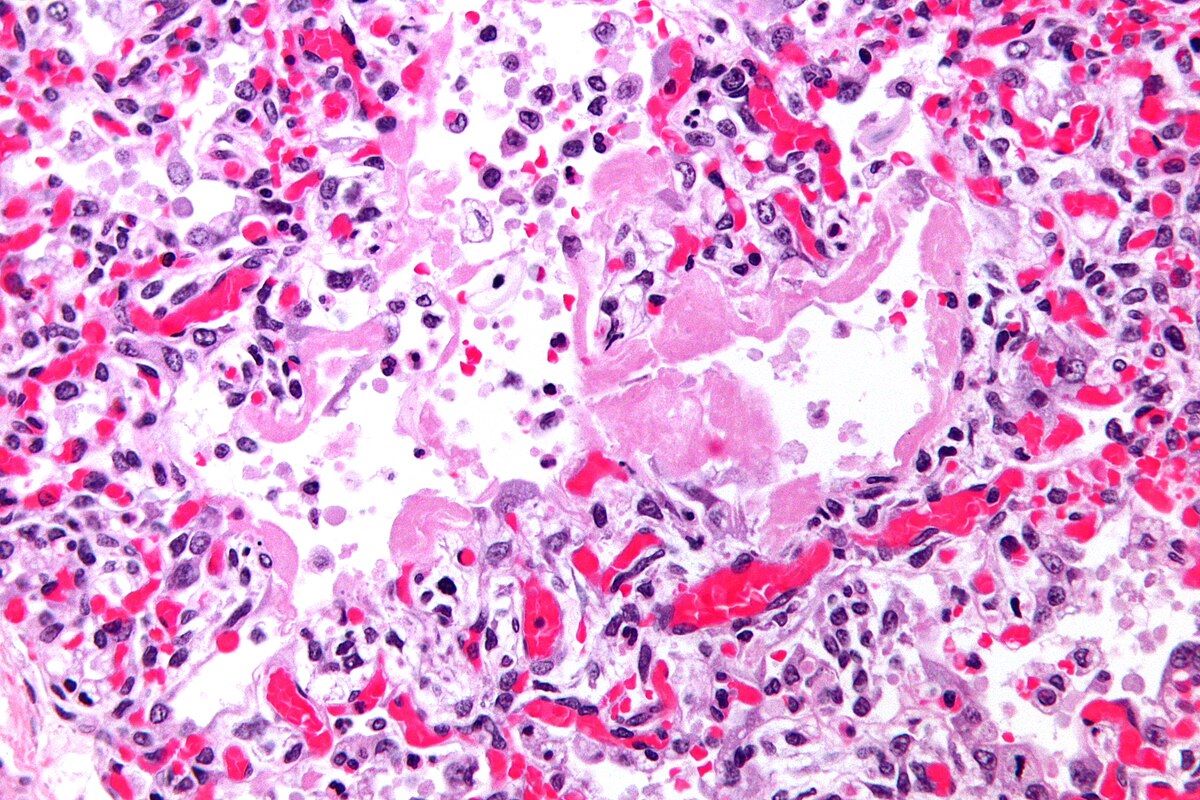
What are bone neoplasms? Bone neoplasms are abnormal growths in bones, which can be either benign (non-cancerous) or malignant (cancerous). These tumors can originate from bone cells, cartilage, or bone marrow. While benign tumors are often harmless and discovered by accident, malignant ones can be aggressive and life-threatening. Primary bone cancers like osteosarcoma, chondrosarcoma, and Ewing sarcoma are rare but serious. Metastatic bone disease, where cancer spreads to bones from other body parts, is more common. Understanding bone neoplasms is crucial for early detection and effective treatment, improving patient outcomes and quality of life.
Understanding Bone Neoplasms
Bone neoplasms can be daunting, but understanding them is crucial. These tumors can be either benign or malignant, affecting various parts of the bone. Let's dive into some essential facts about bone neoplasms.
-
Classification of Bone Neoplasms
Bone neoplasms fall into three categories: benign, primary malignant, and metastatic. Benign tumors are non-cancerous and usually don't spread. Primary malignant tumors originate from bone cells and are rare. Metastatic tumors are cancerous growths that spread to bones from other body parts. -
Incidence of Primary Bone Cancers
Primary bone cancers are uncommon, with about 3,970 new cases annually in the U.S. This includes both children and adults, with a slight male predominance: 2,270 in males and 1,700 in females. -
Common Types of Primary Bone Cancers
The most common primary bone cancers are osteosarcoma, chondrosarcoma, and Ewing sarcoma. Osteosarcoma is the most frequent, with peaks in teenagers and older adults. Chondrosarcoma is the second most common in adults, while Ewing sarcoma is prevalent in children.
Symptoms and Diagnosis
Recognizing the symptoms and understanding the diagnostic process is vital for early detection and treatment.
-
Symptoms of Bone Cancer
Pain is the most common symptom, starting mildly and intensifying over time. Other signs include swelling, redness, and limited mobility of the affected limb. -
Metastatic Bone Disease
Most bone cancers are metastatic, meaning they spread from other body parts. Common cancers that metastasize to bones include breast, lung, thyroid, renal, and prostate cancers. -
Advances in Imaging and Diagnosis
Modern imaging techniques like X-rays, CT scans, MRI, and PET scans have improved tumor visualization and differentiation between benign and malignant tumors.
Treatment Options
Treatment varies based on the type and stage of the tumor. Here are some common approaches.
-
Treatment Options for Bone Cancer
Treatment typically involves surgery, chemotherapy, and radiation therapy. The choice depends on the tumor's size, location, and spread. -
Role of Surgery in Bone Cancer Treatment
Surgery is crucial, often involving tumor removal, bone stabilization, or limb amputation. Limb salvage surgery aims to preserve as much of the limb as possible. -
Chemotherapy in Bone Cancer Treatment
Chemotherapy is vital for malignant bone tumors. Drugs like doxorubicin, ifosfamide, and high-dose methotrexate are commonly used, though new treatments like immunotherapy are being explored. -
Radiation Therapy in Bone Cancer Treatment
Radiation therapy, especially for Ewing sarcoma, uses precision techniques like intensity-modulated radiation therapy to minimize side effects.
Multidisciplinary Approach
A team of specialists working together can provide comprehensive care for bone cancer patients.
- Multidisciplinary Approach to Bone Cancer Care
A team of orthopedic oncologists, medical oncologists, radiation oncologists, and radiologists collaborates to offer the best care.
Benign Bone Tumors
Not all bone tumors are cancerous. Many are benign but can still cause significant issues.
-
Benign Bone Tumors
Benign tumors are non-cancerous and often asymptomatic. Common types include osteochondroma, osteoma, osteoid osteoma, and enchondroma. -
Osteoblastoma: A Common Benign Bone Tumor
Osteoblastoma primarily affects young adults and is more aggressive with age. It commonly occurs in the spine and sacrum.
Specific Bone Cancers
Different types of bone cancers have unique characteristics and treatment approaches.
-
Multiple Myeloma: A Common Primary Malignant Bone Cancer
Multiple myeloma affects bone marrow and is common in people aged 50-70. Treatment includes chemotherapy, radiation, and sometimes surgery. -
Osteosarcoma: The Most Common Primary Malignant Bone Tumor
Osteosarcoma is prevalent in teenagers and children, usually around the knee. Treatment involves chemotherapy and surgery. -
Ewing Sarcoma: A Common Primary Malignant Bone Tumor in Children
Ewing sarcoma affects children aged 5-20, often in the legs, pelvis, arms, and ribs. Treatment includes chemotherapy and surgery or radiation. -
Chondrosarcoma: A Common Primary Malignant Bone Tumor in Adults
Chondrosarcoma occurs in adults aged 40-70, typically around the hip, pelvis, or shoulder. Surgery is the primary treatment.
Impact and Future Directions
Bone tumors can significantly affect bone structure and function, but advances in treatment offer hope.
-
Impact on Bone Structure and Function
Both benign and malignant tumors can weaken bones, making them prone to fractures. Bone marrow, which produces blood cells, can also be affected. -
Future Directions in Bone Cancer Treatment
New treatments like immunotherapy and targeted therapy are being explored. Advances in local control techniques and limb salvage surgery continue to evolve. -
Metastatic Bone Disease: A Common Condition
Metastatic bone disease is more common than primary bone cancer. It occurs when cancer cells from other body parts spread to bones, often from breast, lung, thyroid, renal, and prostate cancers.
Understanding Bone Neoplasms
Bone neoplasms, whether benign or malignant, significantly impact health. Recognizing the differences between benign tumors, primary malignant tumors, and metastatic tumors is crucial. While benign tumors are often asymptomatic, malignant ones like osteosarcoma, chondrosarcoma, and Ewing sarcoma require prompt treatment. Metastatic bone disease remains more common than primary bone cancers, affecting many due to the spread from other cancers like breast or lung cancer.
Treatment options vary, including surgery, chemotherapy, and radiation therapy. Advances in imaging and a multidisciplinary approach improve diagnosis and care. Despite progress, new treatments like immunotherapy and targeted therapy offer hope for better outcomes.
Understanding these facts helps in recognizing symptoms early and seeking appropriate care. Bone neoplasms are complex, but with continued research and comprehensive care, patient outcomes can improve.
Was this page helpful?
Our commitment to delivering trustworthy and engaging content is at the heart of what we do. Each fact on our site is contributed by real users like you, bringing a wealth of diverse insights and information. To ensure the highest standards of accuracy and reliability, our dedicated editors meticulously review each submission. This process guarantees that the facts we share are not only fascinating but also credible. Trust in our commitment to quality and authenticity as you explore and learn with us.


